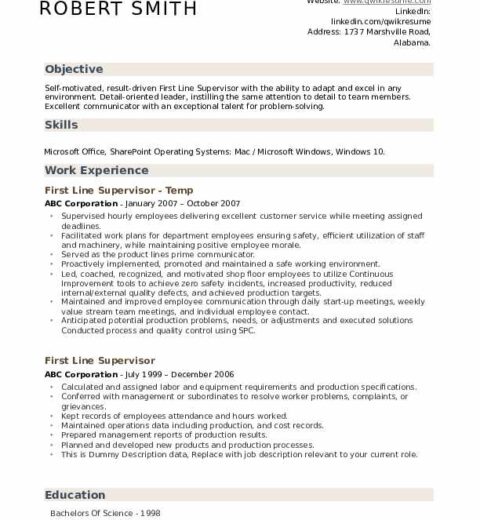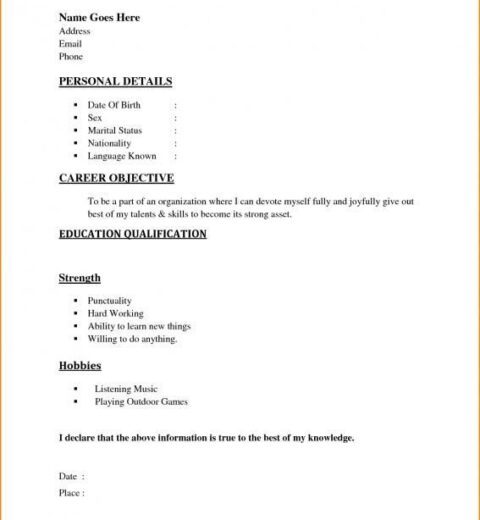In the contemporary job market, a powerful online presence can significantly augment your prospects, and LinkedIn serves as an irrefutable asset in this regard. Integrating your LinkedIn profile into your resume not only showcases your professional persona but also directs potential employers to a wealth of additional information about your skills, endorsements, and networking abilities. This guide aims to elucidate the method by which you can seamlessly incorporate your LinkedIn profile into your resume, ensuring that your application stands out in a competitive landscape.
Understanding the Importance of LinkedIn Linkage
Before delving into the “how,” it’s imperative to grasp the “why.” A well-crafted LinkedIn profile provides a dynamic complement to your resume, portraying a more expansive narrative of your career journey. Employers often conduct online research before making hiring decisions; hence, a strong LinkedIn presence can pivotal in forming a positive impression. At least 87% of recruiters utilize this platform to scout potential candidates. Therefore, linking your profile is not merely advantageous; it’s essential.
Step 1: Craft an Impressive LinkedIn Profile
Before adding your LinkedIn link to your resume, ensure that your profile is meticulously polished. A comprehensive and engaging profile includes a professional headline, a compelling summary, detailed work experience, and endorsements. Invest time in enhancing these sections to reflect your true professional self. Remember, your LinkedIn profile serves as an extension of your resume, and inconsistencies between the two can raise red flags for potential employers.
Include a professional photograph, a distinctive headline that encapsulates your career objectives, and a well-structured summary that captures your passions and achievements. Highlight specific skills by requesting endorsements from colleagues, ensuring they align with your career goals.
Step 2: Choose the Right Place for the Link
Once your profile is polished, the next step is to determine the most effective position for your LinkedIn URL on your resume. Typically, the Contact Information section serves as an ideal location. This section is generally situated at the top of your resume and includes your name, phone number, email address, and physical address, making it easily accessible to recruiters.
Another option is to place the LinkedIn link near your name in the header. This strategy ensures that it is one of the first things a recruiter sees, thus increasing the likelihood that they will follow through to explore your profile.
Step 3: Format Your LinkedIn URL
To enhance the aesthetic appeal of your resume and to facilitate easy access for hiring managers, format your LinkedIn URL judiciously. The plain URL can be lengthy and cumbersome: https://www.linkedin.com/in/yourname/. Instead, utilize a custom URL. LinkedIn allows users to customize their profile URLs, which not only contributes to a cleaner appearance but also demonstrates a level of professionalism. Navigate to your LinkedIn profile settings to customize your URL, ideally to your name (for instance, linkedin.com/in/johndoe).
A well-formatted URL looks tidy and communicates your attention to detail. You might opt for the following presentation:
- LinkedIn: linkedin.com/in/johndoe
Step 4: Integrating the Link Within Your Resume
With the URL ready, it’s time to integrate it into your resume. When drafting your resume, utilize bullet points for clarity and brevity. Maintain a consistent font style and size throughout your document. Make sure that the LinkedIn link stands out slightly—this could be achieved through the use of a different color or bold text. However, ensure the style remains professional.
For instance, under Contact Information, you may structure it as follows:
- Name: John Doe
- Phone: (555) 123-4567
- Email: johndoe@example.com
- LinkedIn: linkedin.com/in/johndoe
Step 5: Tailoring Your LinkedIn Content for Job Applications
Every position you apply for may require different qualifications and experiences highlighted. Ensure your LinkedIn profile reflects any specific skills or backgrounds that are pertinent to the jobs you seek. If you’re focusing on a marketing role, for instance, prominently feature marketing accomplishments and relevant endorsements from colleagues.
Additionally, consider adjusting your LinkedIn summary or experience section to mirror keywords from the job descriptions you’re applying to. This transference of language not only helps in searchability but also creates a cohesive narrative between your resume and LinkedIn profile.
Step 6: Keep Everything Updated
As you continue to develop your career, your LinkedIn profile should evolve in tandem. Regularly update your profile with new skills, experiences, certifications, and accomplishments. This ensures that your LinkedIn serves as a current reflection of your professional journey. An outdated profile can mislead recruiters and undermine your credibility.
Furthermore, remember that your resume should be adjusted to correlate with updates on your LinkedIn. Consistency between these two key professional tools reinforces the brand you present to potential employers.
Conclusion
Linking your LinkedIn profile to your resume is a straightforward process that can yield significant dividends in your job search. By presenting a polished and professional overview of your qualifications, you make it easier for recruiters to grasp the full scope of your capabilities. Make a habit of regularly revisiting both your LinkedIn and your resume to ensure the accuracy and relevance of the information presented. In an interconnected professional world, how you integrate these resources speaks volumes about your commitment to career development and your readiness to embrace opportunities.




